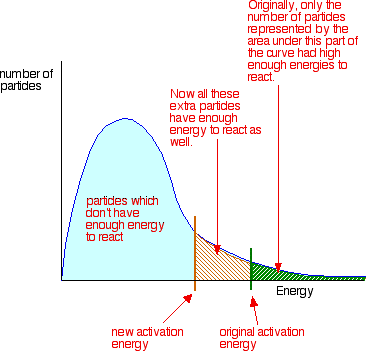
- Put a coin at the edge of a table.
- Put the edge of a ruler behind the coin, with the rest of the ruler extending out over the table edge at an angle.
- Put another coin on the end of the ruler that extends beyond the table edge.
- Take a second ruler and hit the first ruler (on the edge sticking out beyond the table edge) so that the first coin is thrown off the edge of the table and the second coin drops off the ruler.
- You have to listen for the results so you want to do this over a hard floor.
Which coin hits the ground first?
Science:
The coins start from the same height off the ground and are the same mass and shape, so gravity and air resistance worked on them in exactly the same way. Even if an object is thrown straight out, it will fall to the ground in exactly the same amount of time as an identical object that is dropped - the acceleration toward the ground that the objects experience as a result of gravity causes them to hit at the same time.



















